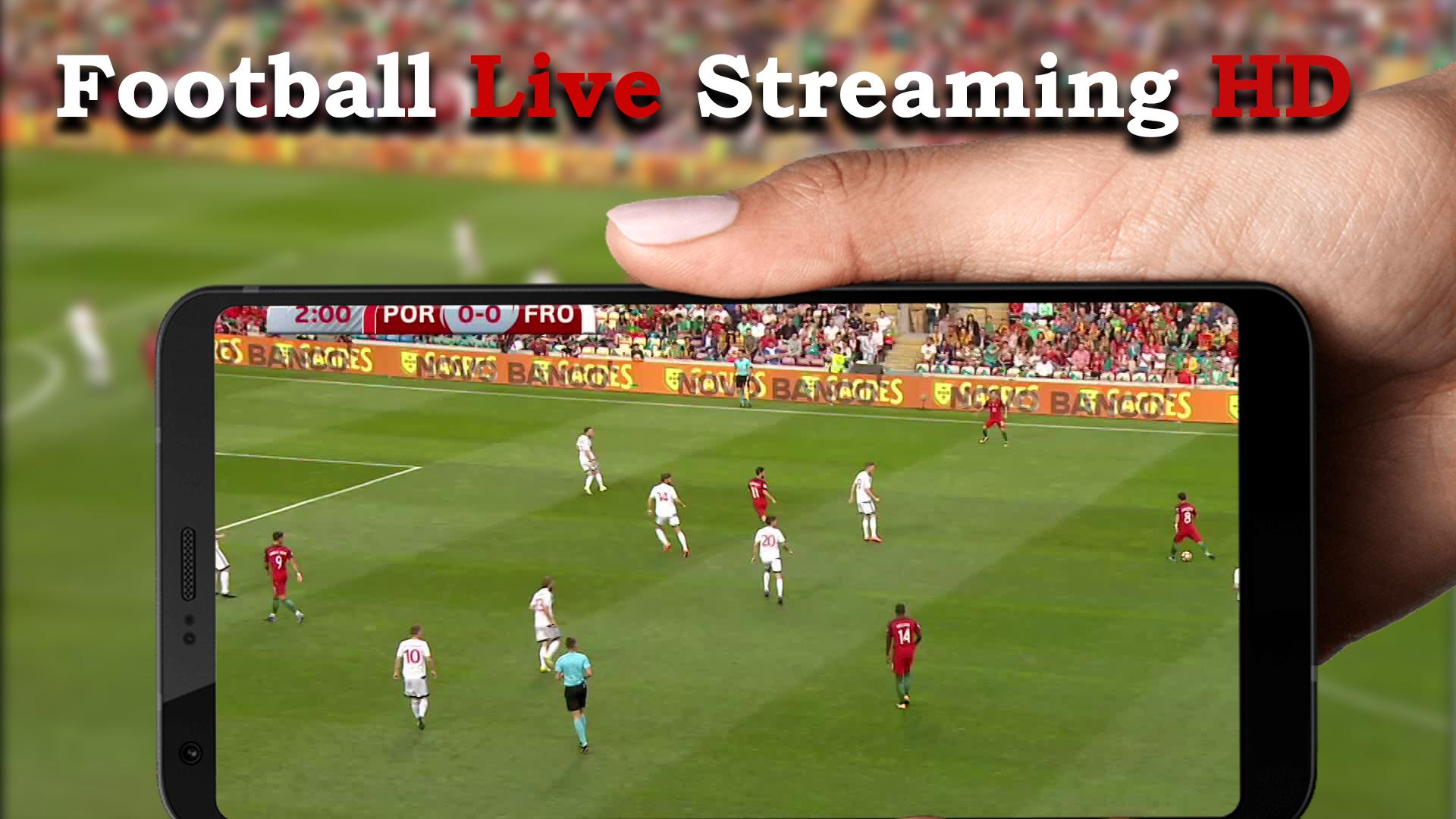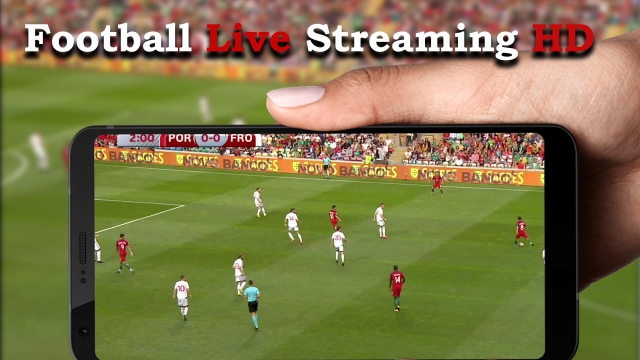
In recent years, the landscape of entertainment has undergone a dramatic transformation, with online streaming emerging as a dominant force that reshapes how we consume and engage with content. Gone are the days when audiences were tethered to rigid broadcasting schedules or limited by geographical constraints. Today, viewers have the power to curate their own experiences, diving into a vast ocean of movies, series, and live events that are just a click away.
This shift towards digital waves of entertainment not only caters to diverse tastes but also offers unprecedented accessibility and convenience. Whether it is binge-watching the latest series, enjoying a live concert from home, or exploring niche documentaries, online streaming has evolved into a versatile platform that caters to all interests. As we navigate this new era of entertainment, it is essential to understand the implications, challenges, and innovations that have emerged in the world of streaming.
The Evolution of Streaming Services
The journey of online streaming services began in the late 1990s and early 2000s, when the internet was just beginning to offer the bandwidth necessary for video consumption. Initial offerings were rudimentary, with a focus on audio and low-quality video. Companies like RealNetworks introduced streaming media players, allowing users to listen to music and watch short clips online. Although limited in reach and quality, these early services laid the groundwork for what was to come.
As internet speeds improved with the expansion of broadband, video quality rapidly advanced, opening the door for more sophisticated streaming platforms. The launch of YouTube in 2005 transformed the online video landscape, allowing users to upload, share, and watch videos easily. This democratization of content marked a significant shift, leading to an exponential increase in video consumption. Traditional media outlets began to take notice, as digital streaming started to challenge conventional broadcasting and cable television models.
The next phase in the evolution of streaming services saw the emergence of major players such as Netflix, Hulu, and Amazon Prime Video, each offering a robust library of films and television shows for a subscription fee. This new model of on-demand content not only changed how people viewed media but also expanded the boundaries of creativity, as original programming could now thrive outside the constraints of network television. The impact of these services reshaped the entertainment landscape, culminating in the current era where streaming has become the dominant form of media consumption.
Impact on Traditional Media
The rise of online streaming has significantly disrupted traditional media models, fundamentally changing how audiences consume content. Cable television, once the dominant medium for entertainment, has seen a marked decline in subscriptions as viewers increasingly turn to streaming services for a more personalized viewing experience. Platforms like Netflix, Hulu, and Amazon Prime offer on-demand access to a vast library of shows and movies, allowing users to bypass traditional broadcasting schedules and enjoy content at their convenience.
This shift has led traditional media companies to reevaluate their strategies. Many have launched their own streaming services in response, seeking to capture the evolving audience’s preferences. Notable players like Disney and WarnerMedia have embraced this trend, introducing Disney+ and HBO Max to cater to the growing demand for streaming content. However, the competition in the digital space is fierce, and established networks must innovate continuously to retain their audiences while adapting to the new landscape.
Moreover, the impact on advertising revenue cannot be overlooked. As viewership migrates from traditional television to streaming platforms, advertisers are reallocating their budgets to digital channels. This change is pushing traditional media to develop more creative and engaging content that can compete in the streaming era. The challenge lies in retaining audience engagement and loyalty amidst the overwhelming abundance of choices available online, forcing traditional media to rethink their value proposition in this rapidly evolving environment.
Future Trends in Online Entertainment
As technology continues to evolve, the future of online entertainment is poised for significant transformation. One notable trend is the rise of personalized content delivery, driven by sophisticated algorithms that cater to individual preferences. Streaming platforms are investing heavily in data analytics to understand user behavior, allowing them to recommend shows and movies that resonate with viewers on a personal level. This tailored experience not only enhances user satisfaction but also fosters deeper engagement with the content.
tv.youtube.com/start
Another trend gaining momentum is the integration of virtual reality and augmented reality into online streaming environments. As hardware becomes more accessible and affordable, more creators are exploring immersive storytelling techniques. This shift promises to create unique viewing experiences that transport audiences into the narrative. Whether it’s attending a virtual concert or navigating a fictional world, these technologies have the potential to redefine how we interact with entertainment, making it more immersive and participatory.
Finally, the growth of live streaming is reshaping the landscape of online entertainment. Platforms that allow for real-time interaction between creators and their audiences are becoming increasingly popular. This trend not only engages viewers but also fosters a sense of community among fans. As live content continues to expand beyond gaming and social media, we can expect an increase in events like live performances, interactive shows, and group watch parties, all of which aim to create a shared experience even in a digital space.
